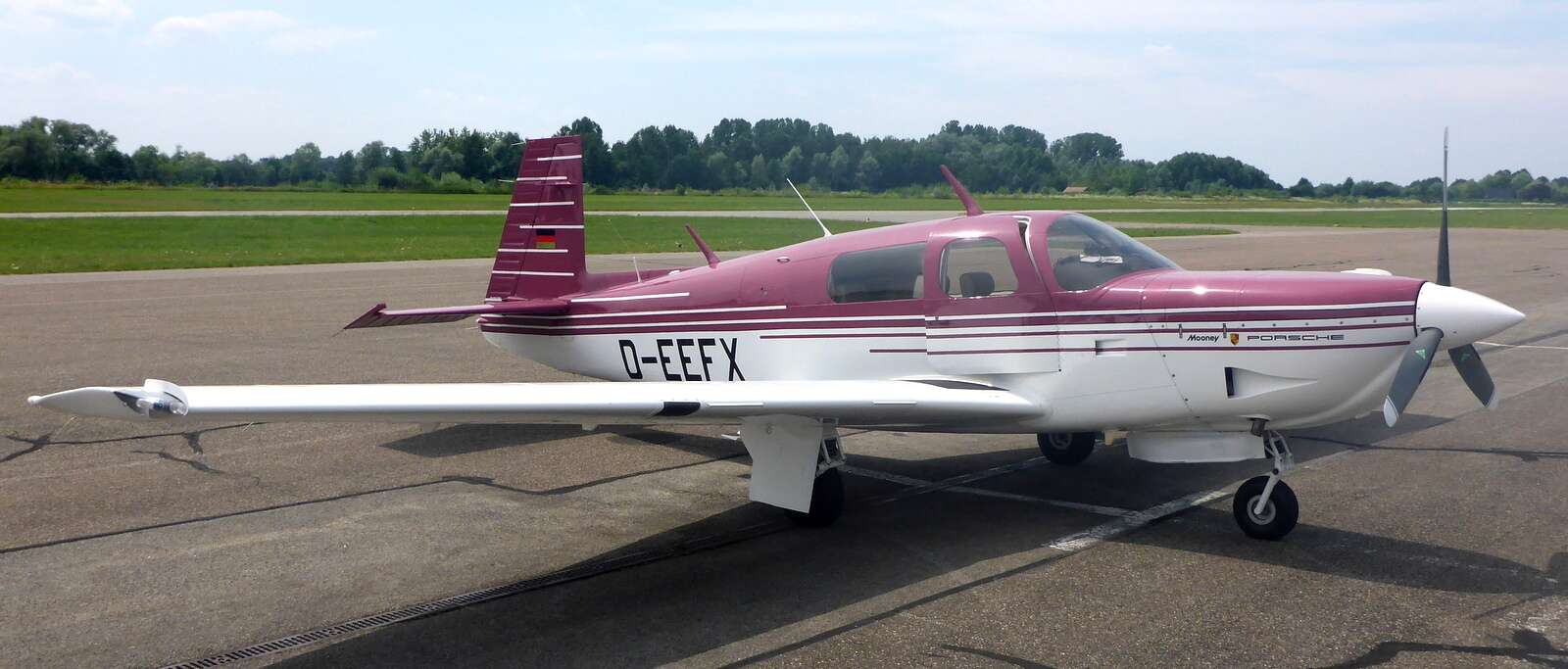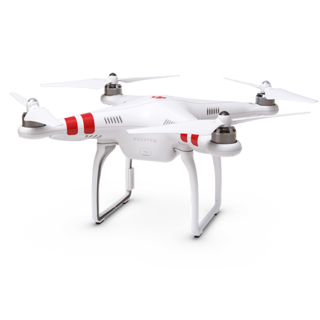Last month, the University of Dayton Research Institute released a video showing the potential damage that a consumer drone could cause to an airplane, should the two collide. The video generated more than a few news
reports, and lots of curiosity about the test itself. Not surprisingly, dronemaker DJI saw the video too, and the quadcopter-building company isn’t thrilled about it—going so far as to demand last Friday that the video and blog be retracted.
It was the company’s Phantom 2 drone that UDRI fired via compressed-air cannon into the wing of a Mooney M20 prop plane, and DJI feels that the test and accompanying blog post are misleading. “UDRI staged its video to create a scenario inconceivable in real life, at a higher speed than the combined maximum speed of the drone and airplane, which is also faster than U.S. Federal Aviation Administration (FAA) testing guidelines,” the company wrote in a statement that accompanies an open letter to lead researcher Kevin Poormon. “UDRI has not disclosed its testing methodology or the resulting data, and while it acknowledged that a similar test with a simulated bird caused ‘more apparent damage,’ it has only promoted the video showing damage from a DJI drone.”
In the original blog post, the University of Dayton researchers explain that the test was designed to “mimic a midair collision of a drone and a commercial transport aircraft at 238 miles per hour.” The testing group—part of UDRI’s Impact Physics division—routinely conducts impact test for various commercial, private, and industrial entities, predominantly in the realm of aviation. As the video shows, the drone tore open the leading edge of the wing and drove into the structure, apparently damaging its main spar—the structural element that supports the wings and attaches them to the fuselage—though that damage isn’t shown.
“While the quadcopter broke apart, its energy and mass hung together to create significant damage to the wing,” Poormon said.
https://youtube.com/watch?v=7gt8a_ETPRE%3Frel%3D0
Above: The University of Dayton Research Institute video that sparked the controversy.
The post indicated that the study was intended to show the potential for trouble as drone use proliferates, particularly with the expected upcoming rise of delivery drones. In addressing potential actions to fix the problem, the post claimed it would be impractical to develop a system for manned aircraft to avoid drones, but it would be reasonable to regulate UAV operation—adding that the FAA already has regulations in place for drone operators. It also suggested future drones could be made to shatter more easily on impact, or have weight limits.
That’s all sensible stuff, but DJI countered that not only was the reaction unnecessarily alarmist, but the testing inherently flawed. “Your video assumes a Mooney M20 light aircraft is flying at its maximum possible speed of 200 mph, and encounters a drone apparently flying faster than its maximum possible speed of 33.5 mph,” DJI wrote. “The plane could only achieve such speed at full cruise, typically more than a mile above ground. At the altitudes where that plane would conceivably encounter a Phantom drone, it would fly less than half as fast—generating less than one-fourth of the collision energy.”
A Mooney M20 aircraft.
DJI further claimed the test exceeded FAA test parameters for bird strikes, and that it “deliberately created a more damaging scenario, and was widely cited as evidence for what could happen to a large commercial jet.” DJI’s legal affairs vice president, Brendan Schulman, author of the letter, also claimed the study failed to disclose both its methodology and the data it generated, and that UDRI possessed a “bias toward sowing fear” by not showing the more damaging bird-strike simulation. The letter wraps up by claiming the research doesn’t meet the standards of both FAA and drone-industry research groups, was designed to generate paid research work for UDRI, and that it was “a test deliberately designed to generate the worst conceivable outcome”—something DJI claims is contrary to the FAA’s established testing parameters, which seek to measure the risk that an aircraft is most likely to encounter.
So who’s right? Well, both sides have a point. The specifics of the test are unclear, and the argument that smashing a quadcopter into a light plane’s wing replicates a collision with a commercial airliner is dubious at best—but UDRI’s video makes vividly clear that a drone striking an airplane can cause severe damage, furthering the case that the two types of flying machines should be kept well away from each other. On the other hand, DJI has historically taken a notable degree of corporate responsibility for its products to help prevent exactly that sort of drone-versus-plane crash; it voluntarily added geofencing technologies that prevent its drones from flying near airports, includes altitude limitations, return-to-home safety features, and anti-collision technology on its products, and walks pilots through safety awareness alerts during setup and use.
A Phantom 2 drone.
So far, there’s been an uneasy balance between drones and piloted aircraft. There have been hundreds of annual drone sightings by commercial and general-aviation pilots, several close calls, and a few actual contact incidents—but thankfully, no major crashes. This can likely be attributed to the fairly limited real-world use of drones in public hands, and at least a hint of responsible use on the part of the consumer operators.
But accidents occur, of course. And then, of course, there are “bad actors”—those who deliberately circumvent DJI’s protocols or ignore the rules in order to capture cool footage of planes taking off or landing, or worse. (One notable example of the former happened just months ago, with admittedly startling footage of an A380 taking off from Mauritius.) Certain safety features in DJI drones can be ignored or dismissed—and there are plenty of other consumer drones that don’t have them built in. And advanced users can always build their own drones and do whatever they want with them.
So while DJI is probably correct to react as it did to the nuances of the testing, the researchers’ ultimate point—that drones can and will damage aircraft in some fashion, if they collide—is quite valid, and needs to be explored further so the world has a better understanding of the risks. Ultimately, it doesn’t matter who made the drone or what safety protocols exist…if it can still find its way in front of a fast-moving plane.
Source: Read Full Article


